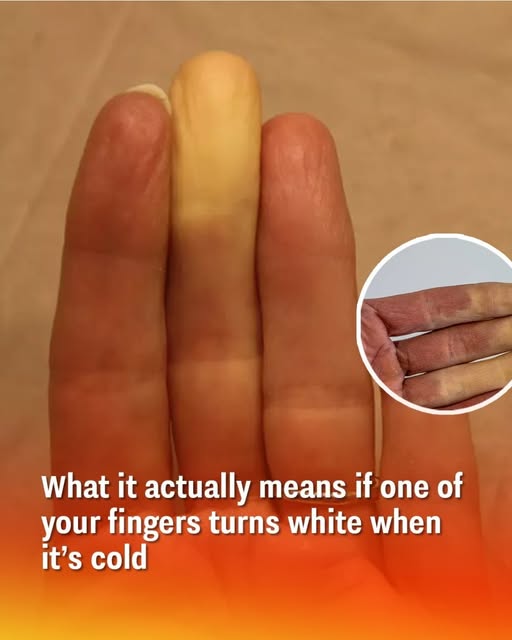Why Your Finger Turns White in the Cold: What’s Really Happening?
The weather has been freezing recently, so chances are your hands have been cold. While chilly fingers might seem like just an inconvenience, there are instances when it’s a sign of something more serious. So, how do you know when it’s time to worry?
If you find that your hands or feet stay cold no matter what you do, and your fingers occasionally turn bright white, it could be a symptom of a medical condition that needs attention. Many people simply attribute cold extremities to low temperatures, but persistent or severe symptoms should not be ignored.
Signs to Watch For
If you’re someone who constantly battles cold hands—even in moderate temperatures—and resorts to wearing gloves indoors or huddling by a radiator, you might be familiar with the frustration. For some, no matter how many layers they wear or cups of warm coffee they hold, their fingers remain icy and sometimes even change color.
One common cause of these symptoms is Raynaud’s phenomenon, a condition where blood flow to the fingers and toes is temporarily reduced. This happens when blood vessels in the extremities constrict more than they should in response to cold or stress.
What is Raynaud’s Phenomenon?
Raynaud’s can cause your fingers to turn white, blue, or even purple. The condition occurs in two types: primary and secondary.
Primary Raynaud’s: This is the more common and less severe form. It often occurs on its own without any underlying medical condition. People with primary Raynaud’s generally have manageable symptoms.
Secondary Raynaud’s: This form is linked to other health conditions, such as autoimmune diseases like lupus or scleroderma. It tends to be more severe and may require medical intervention.
Symptoms usually start with fingers turning white due to lack of blood flow, followed by a bluish hue as oxygen levels decrease. As blood flow returns, the fingers may turn red and throb or tingle.






